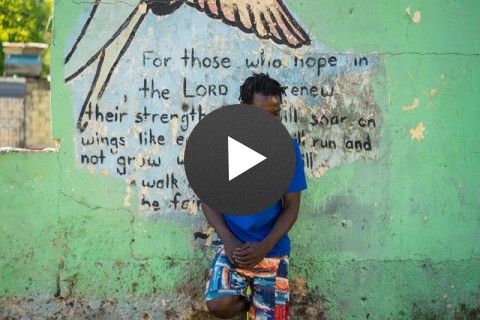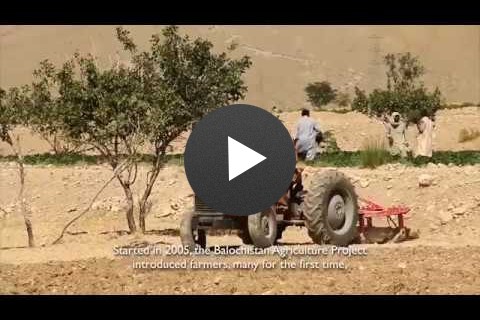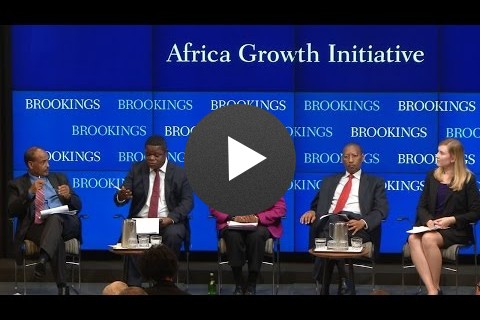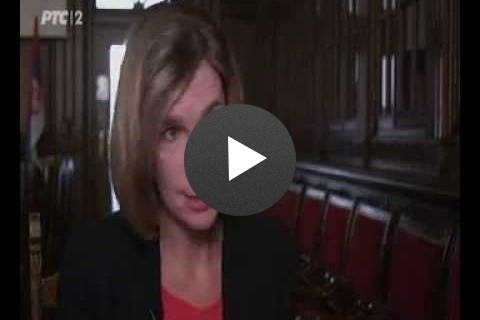Video Transcript
NARRATOR>> When you think about ending extreme poverty, satellites might not immediately come to mind, but the US Agency for International Development is partnering with NASA scientists such as those at the International Center for Integrated Mountain Development to help people struggling to survive in remote places around the world. Looking at our environment from seventy miles up allows for analyses and innovative solutions previously unimaginable. According to the UN, approximately forty percent of population the Nepal lives in poverty. This, in a country where nearly eighty-five percent are located in non-urban areas of the Terai hill and mountain regions, often far removed from any national services.
For many, small-scale agriculture is only way to provide food for one's family, and it is forests that provide the leaves and wood that make subsistence farming and a sustainable lifestyle possible.
GANGA>> We're going to collect leaves from the forest. We put those leaves in the buffalo's shed. The buffalo turns the leaves into organic fertilizer.
LLEWELLYN>> In the 1970s and 80s, forests in the Nepal were in real trouble. Thirty to forty years since then, we've actually seen a huge increase in forest cover, up to nearly forty percent which is the goal that the government of Nepal has to maintain indefinitely and this is due to a large part to USAID efforts and other donors working with community forestry and building up community capacity to manage their forests but with forests come some challenges.
More forests mean more forest fires especially when you're coupled with increasing temperatures and dry conditions that come with climate change.
SUBBA>> It was four or five years ago… and you see… everything got burned down. We could not get leaves to feed our animals. We could not get firewood for our houses. We faced lots of problems. We did not even get to eat. Nothing was left.
LLEWELLYN>> One of the tools to manage this forest fire comes from the Surveyor Himalaya program. It uses satellite imagery which can detect hot spots on a map to determine where and if a forest fire occurs and then it's automated, so it automatically sends an SMS message a text message mobile phones and an email to decision makers and forest fighters in the areas where the forest fire has occurred so that they can go and fight the forest fire.
SAPKOTA>> The system is in the early stages of being deployed across Nepal. We are hopeful that we'll ultimately reach the majority of over 18,000 community forestry groups with automatic SMS messages so that communities everywhere will be able to evacuate or mobilize resources to fight forest fires before they become particularly damaging or deadly.
NARRATOR>> The SREVIR Himalaya program creates unprecedented solutions for vulnerable people, helps remote communities become resilient, and protects their agrarian way of life and more broadly supports informed decision making by national governments who now have access to satellite observations, data analysis and projections on land-use, biodiversity, and water and other natural resources.
THAPA>> Most of our policy debates are charged by emotions rather than being based on evidence, fact, datas. So I have always believed that if you can have a sift that is a policy debate based on science rather than emotions it's going to have a huge impact. Having personally seen the workstation of SERVIR Hamalaya, I came to believe that is has a potential. It could be very helpful in policy debates on environment, agriculture and a lot of other things.
NARRATOR>> USAID working to end extreme poverty will continue collaborating with NASA and international partners through the SERVIR Himalaya program employing science technology and innovation to promote sustainable development strategies that serve the people of Nepal and others in the region.















Comment
Make a general inquiry or suggest an improvement.